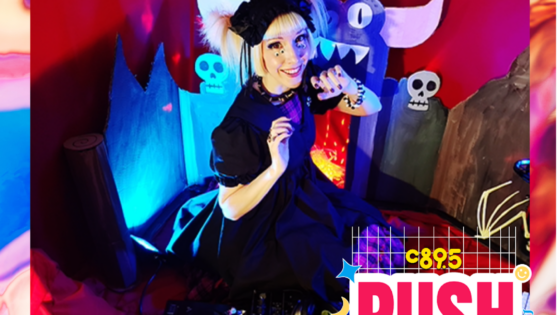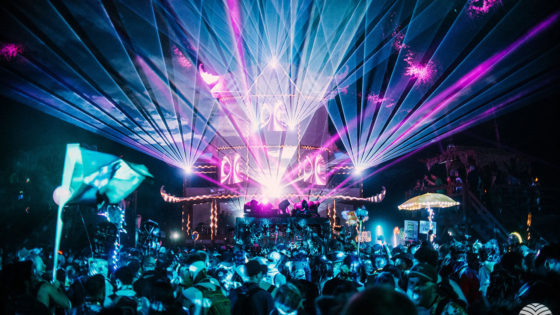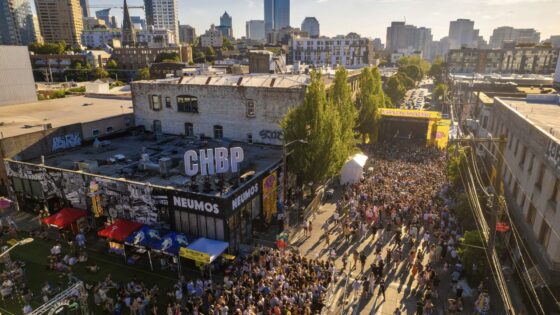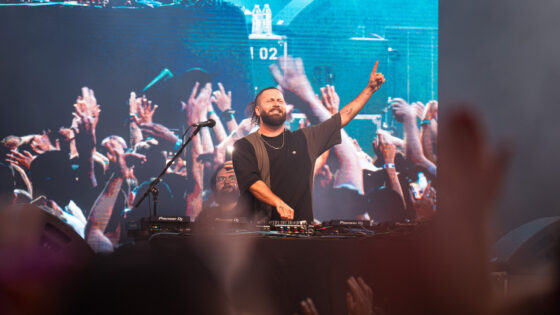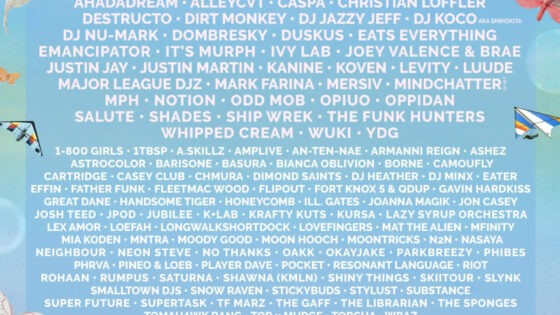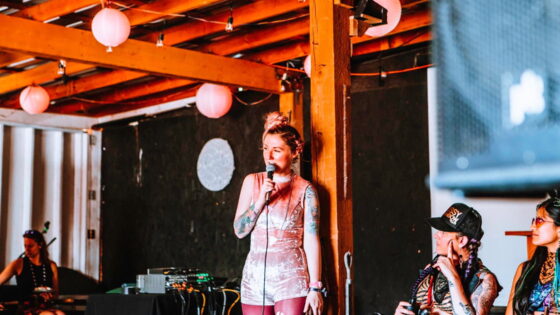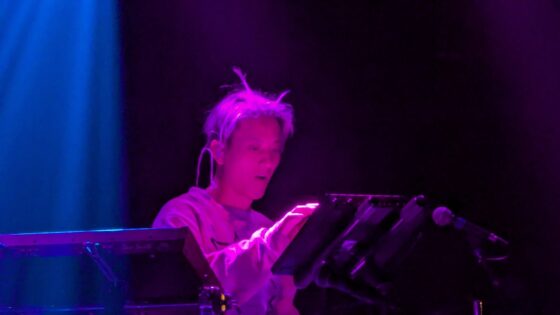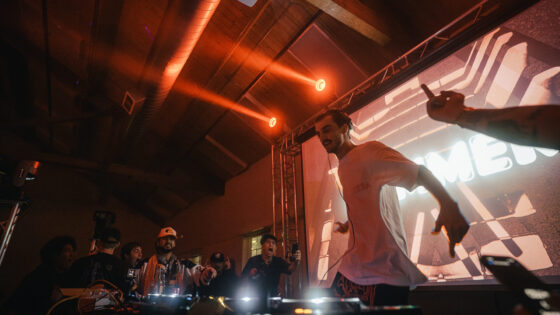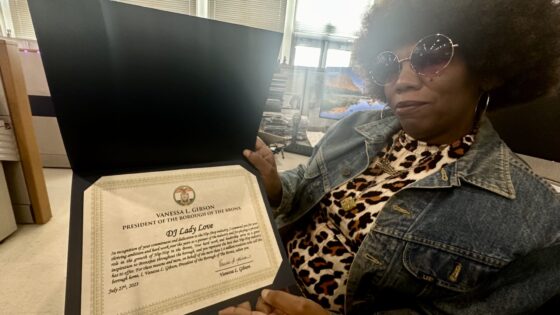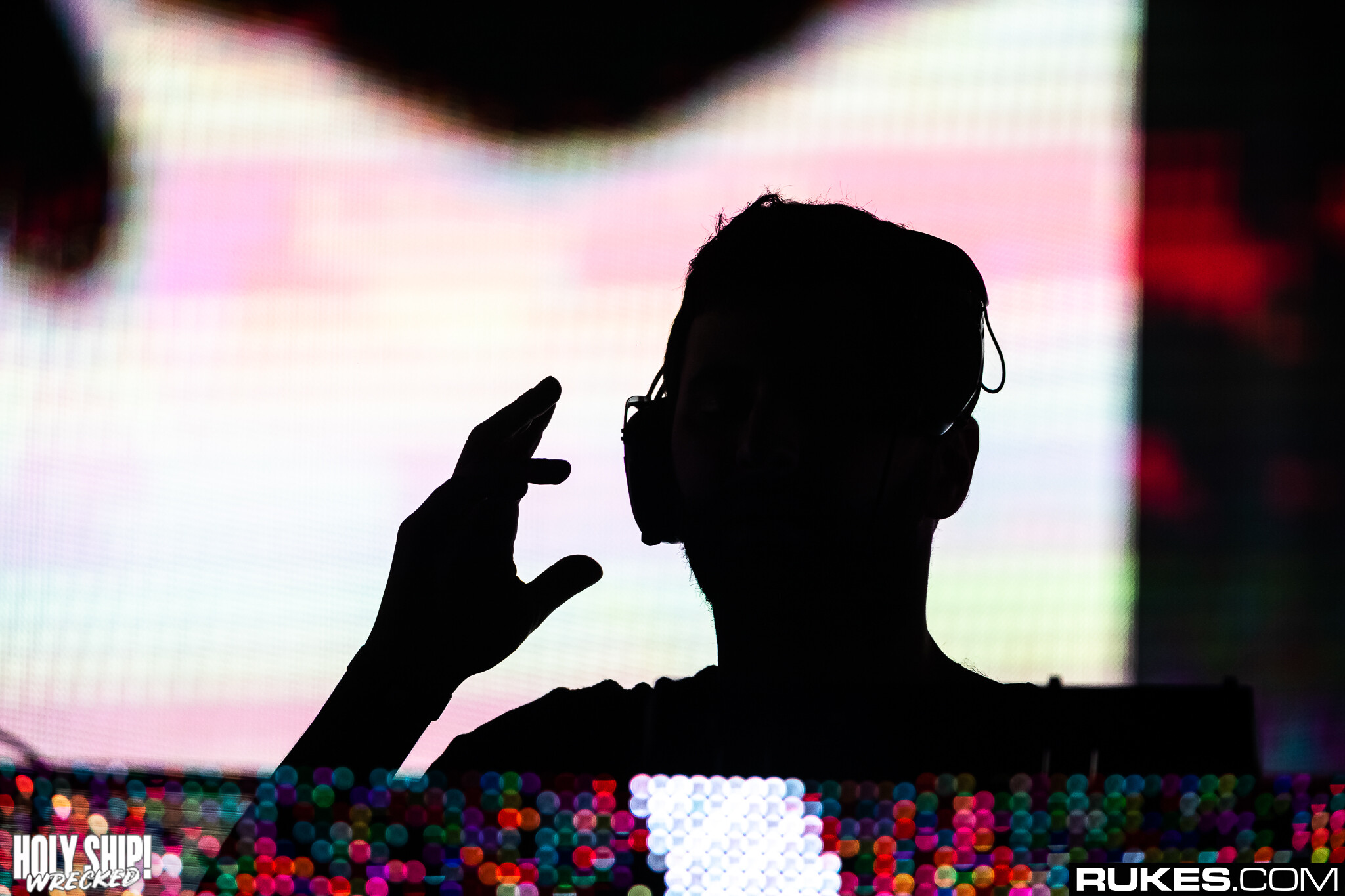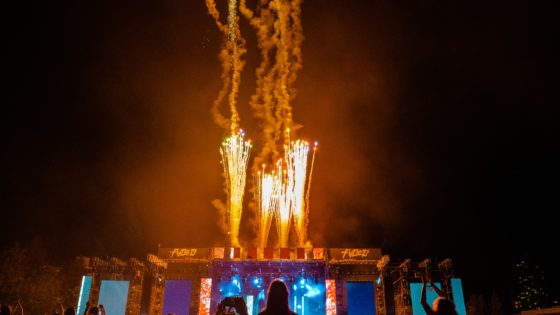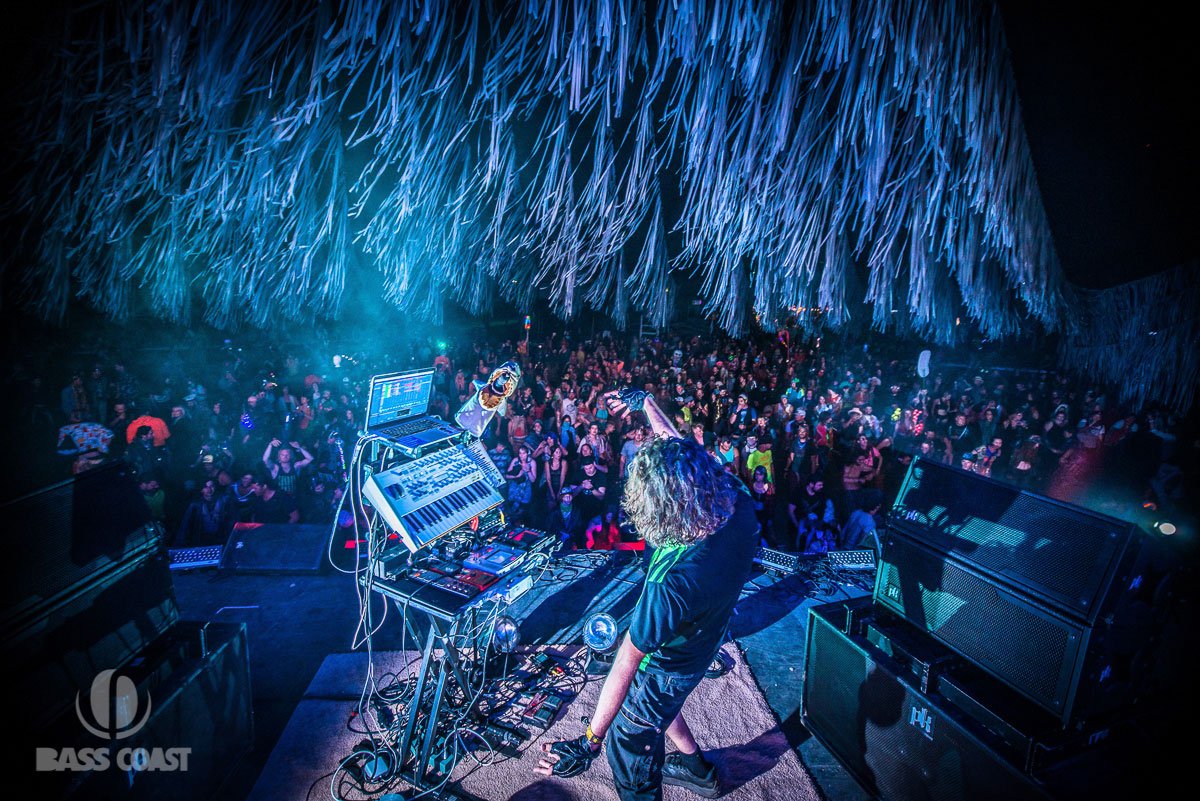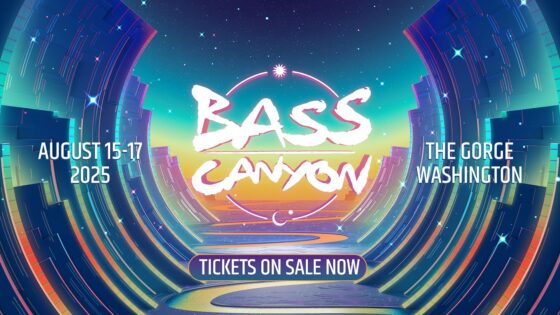Imagine having an emotional time capsule you could open to immediately feel something from your past. How would that impact you?
Most of us try to capture our own lives using photos and videos, but we may look back at them and feel like something is missing. We just can’t connect with our past selves. We remember noteworthy moments and special occasions but the bigger picture, the context, disappears. Consequently, the emotional depth of these special moments fades away.
When it comes to photos and videos, we often judge ourselves instead of relating to ourselves. We focus on what we looked like, or what we accomplished, instead of who actually were. Compared to the movies and the constant stream of social media posts, our life seems dull. This might explain the adverse effect of social media on mental health.
Music connects to emotional memories better than photos or videos
Here’s the thing about life: the fleeting moments we desperately want to hold onto mostly consist of everyday activities. Your childhood isn’t full of Instagram-worthy moments, but simple routines like locking your diary with a key, assigning every toy a name and personality, or collecting pinecones. That’s the magical stuff that makes childhood worth remembering.
So how do we capture this emotional context? Science suggests music allows humans to not only remember activities better, but to actually remember feelings they may otherwise lose altogether. Music is so strongly connected to memory, it actually helps reduce agitation in patients with Alzheimer’s and Dementia. Patients may not remember what exactly happened, but by listening to a favorite song from the past, they may remember how they felt.
Fascinated by this phenomenon, I began “recording” my own life with seasonal playlists. What I discovered was astonishing. These playlists became my emotional time capsules, allowing me to quickly return to different times in my life. The ability to connect with my younger self has had such a positive impact on my mental health, I believe everyone should use playlists to create their own emotional time capsules.
Creating emotional time capsules
Every three months, I create a new playlist. Throughout the month, I save new music I discover to this playlist- listening to these songs on repeat. After three months, the playlist retires and I create a new playlist.
With time, old songs take on a new meaning. They become more than just an interesting beat, or an exciting release from a favorite artist. They begin to encapsulate old routines and thought patterns. I wait until I’m feeling a little lost, and then I open the time capsules to rediscover my story.
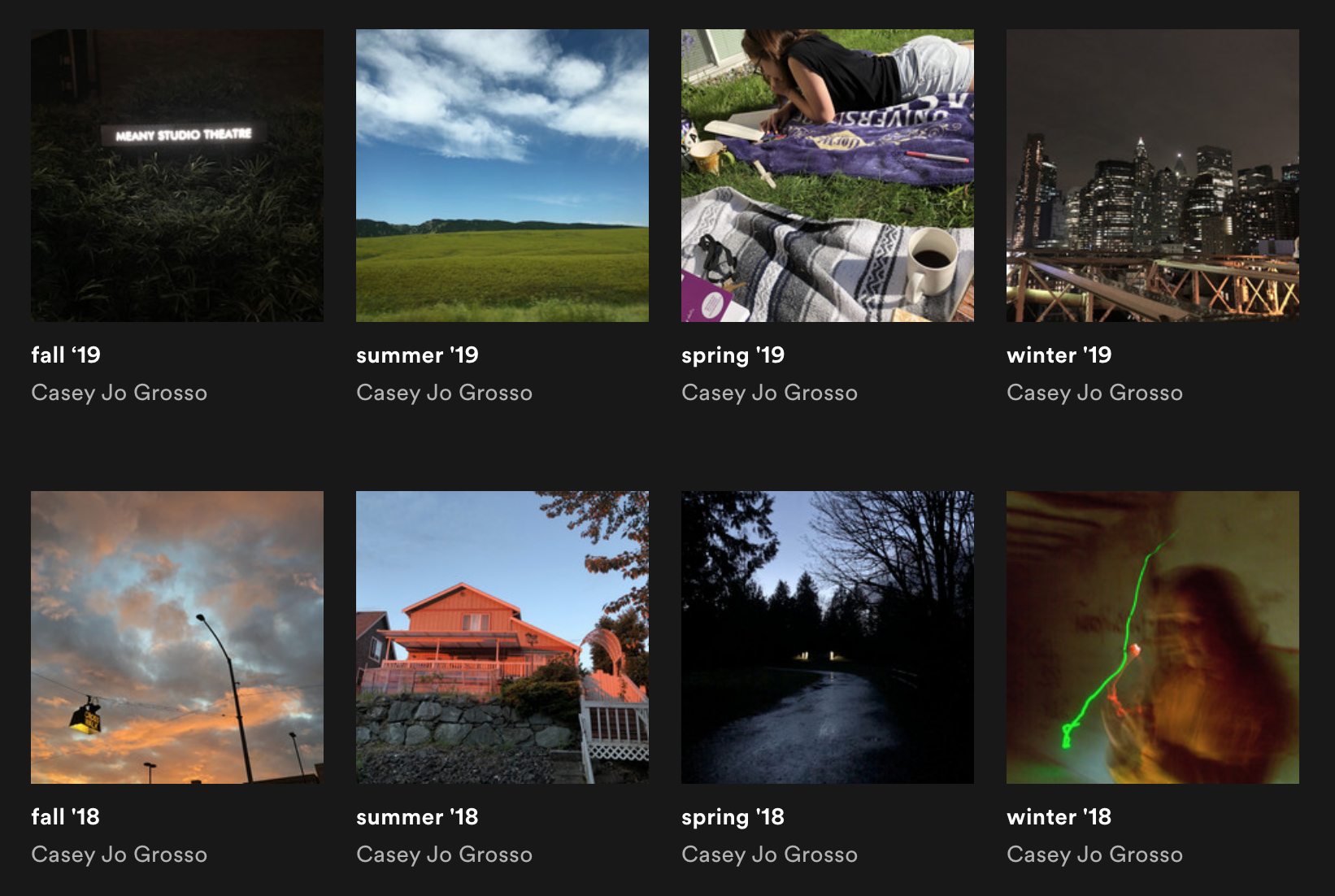
For example, I sometimes feel like I missed out on the excitement of being 21. I couldn’t afford to go out very often, so I barely enjoyed that newfound freedom to legally drink. Looking through photos, I see every rare night out, because of course that’s when someone thought to take a photo. I feel disconnected, though, because I know my life wasn’t really like that.
So, in order to remember what being 21 actually felt like, I turn to a playlist from that time. Listening to the music, a whole other world is unlocked. The world of my inner mind. My thoughts, my emotions, my struggles. Everything.
The listening experience
“Spring ’18.” The first few months of my 21st year. I put on headphones, and start the playlist from the beginning.
The first song is Drew Barrymore by SZA. The emotions hit me like a train. I remember, suddenly, that turning 21 hurt like hell. The people who were my closest friends a year earlier had disappeared completely from my life. I see orange florescent office lights contrasting the darkening grey skies outside. I remember processing invoices and forming new friendships with coworkers. 21 felt bittersweet.
I keep listening. Falling by Alina Baraz. I remember feeling absolutely gorgeous, wanted, and mysterious. I’m surprised by my own confidence, how strongly I felt that beauty was my secret weapon. I see my reflection as I’m leaning over the bathroom sink, doing makeup in my little studio apartment before heading to class. 21 felt electric.
As each song unfolds, I patiently surrender to the music, to the memories. I remember falling in love, passing exams, and discovering new hobbies with shocking vibrancy. The fear that I somehow missed out subsides. Sure, my 21 looks nothing like the hallmark, picture-perfect adventure you see on TV and social media, but it was special in its own right.
Try it yourself!
If you’ve ever felt disappointed in your own life, or just lost for some reason, you can try using playlists to create your own emotional time capsules. I use Spotify to do this, but there are many mediums available such as YouTube, SoundCloud, and Apple Music. You can even create these playlists retrospectively by finding songs that bring you back to a particular time in your life.
The worldwide quarantine means less excitement, and less picture-perfect moments. Instead of dressing up for concerts and shows, going out with friends, and taking trips you might find yourself glued to the couch, “attending” virtual raves, or actually doing chores you usually put off. Just because these moments aren’t visually appealing, doesn’t mean they aren’t meaningful to you. Now might be the perfect time to start curating your own memory playlists.
Randomly hearing a song you used to love is great, but being able to access those memories when you need them most can be life changing. Why not give it a try?
Important things happen in Pacific Northwest nightlife, and DMNW will send you alerts!





